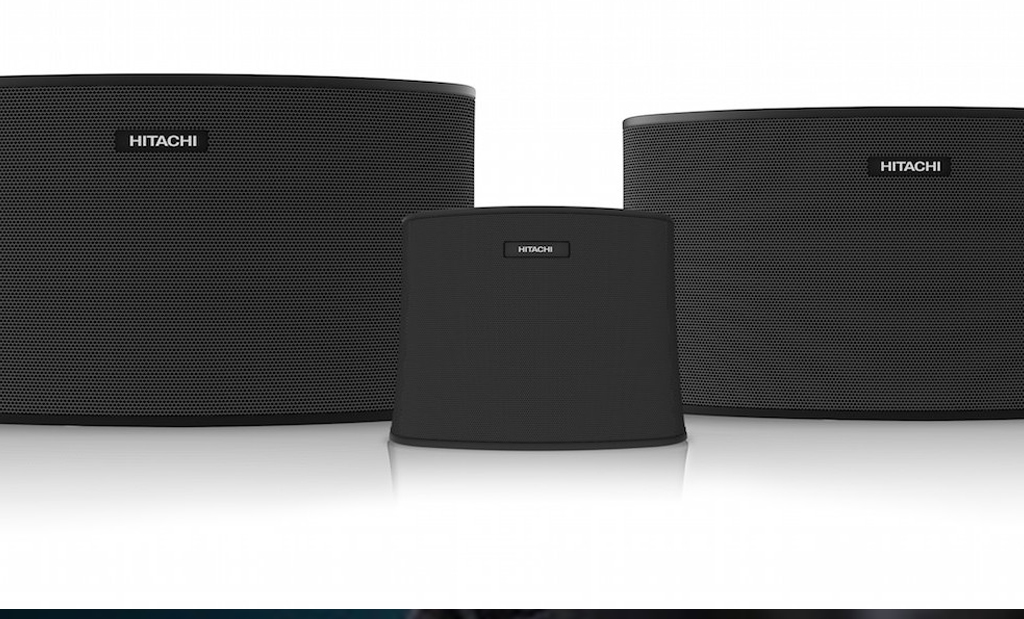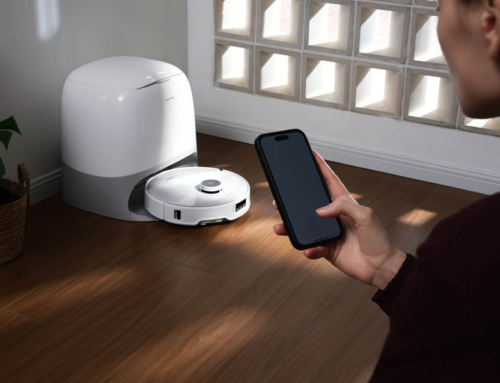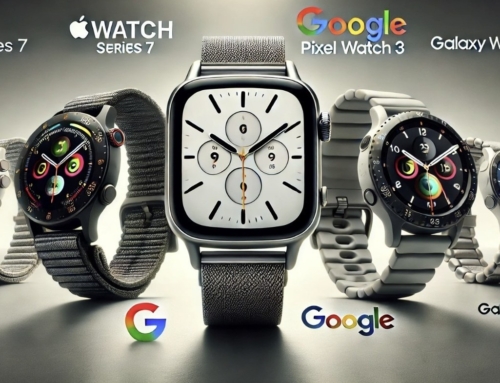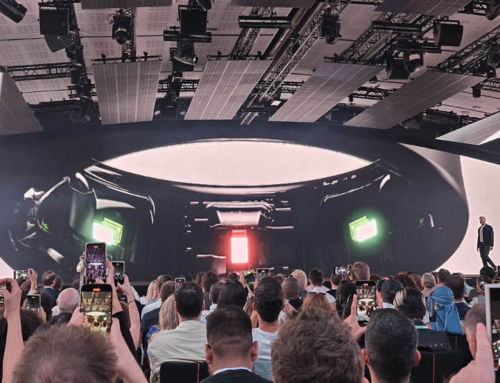Qualcomm announced here at CES that a dozen audio hardware and service providers are hopping onto the AllPlay bandwagon. They’re planning new products that connect to each other over WiFi to create instant sound systems, and music apps and services that take advantage of the systems.
Assuming my math is correct, the news will bring the number of hardware brands under the AllPlay umbrella to 15, and 18 music streaming apps and platforms. Building momentum by adding new supporters is vital at this stage of this white-hot market, because there is a sizable stable of competing wireless plug-and-play platforms all trying to build critical mass.
The alternatives fall into two camps, those that offer open approaches like AllPlay and Play-Fi from DTS, and closed systems such as those from Apple, Bluesound, Bose and Sonos. Sonos is the clear incumbent in the space, though I expect an interoperable platform to play a dominant role as well.
I’ve been playing with a pair of AllPlay speakers for the past couple of weeks. More precisely, I’ve been playing with two speakers: the compact PlayLink 4 speaker from Lenco and its big brother, the PlayLink 6. The speakers, which were announced late last year, can be configured as left-and-right stereo speakers – each one can play either role – or as a pair of multi-room systems. In the latter mode, the speakers can play the same song or separate streams. You can play music from your tablet or smartphone, and select songs stored on your device or streamed from the growing list of services.
The speakers also underscore the need for a better home network. I tried the devices using an older 802.11g router that was also supporting a few other devices. One speaker worked just fine. But when I added a second, I experienced gaps and delays that signaled the old router was sucking wind.
At home, with a comparatively more sophisticated 802.11n router that sports some quality-of-service features – but also supports far more devices than the 802.11g network – the system had no trouble playing songs in stereo through the speakers. There were a few annoying gaps when each speaker played independent music streams.
The jury is still out on which standard will prevail. But in addition to gaining some momentum with new hardware and services, AllPlay has something going for it that none of the others do: it’s part of the broader AllJoyn framework for the Internet of Things. That means services can tie more than just speakers and players together over the WiFi network. They could also use the living-room TV to display album cover art, for example. Or they could tap motion sensors so it could let your music follow you throughout the house.
So if you haven’t tried configurable WiFi music systems like the Lenco AllPlay speakers, you’ll be pleasantly surprised how easy it can be to put the music you want in the place you want it. The software is just as plug and play as the hardware. But be forewarned: make sure you’ve got a wireless router that’s beefy enough to support it. The more speakers – and the more streams you want to play over those speakers – the more network performance you’re going to need.






